When it comes to Citizen Sleeper 2: Starward Vector, you’ll fall into one of two groups: you’ll have played the first game and feel reasonably at home, or you’re jumping in with the second title and are completely perplexed. The Citizen Sleeper games are unlike anything else. They are part visual novel, part board game, and have a little adventure game and RPG elements thrown in.
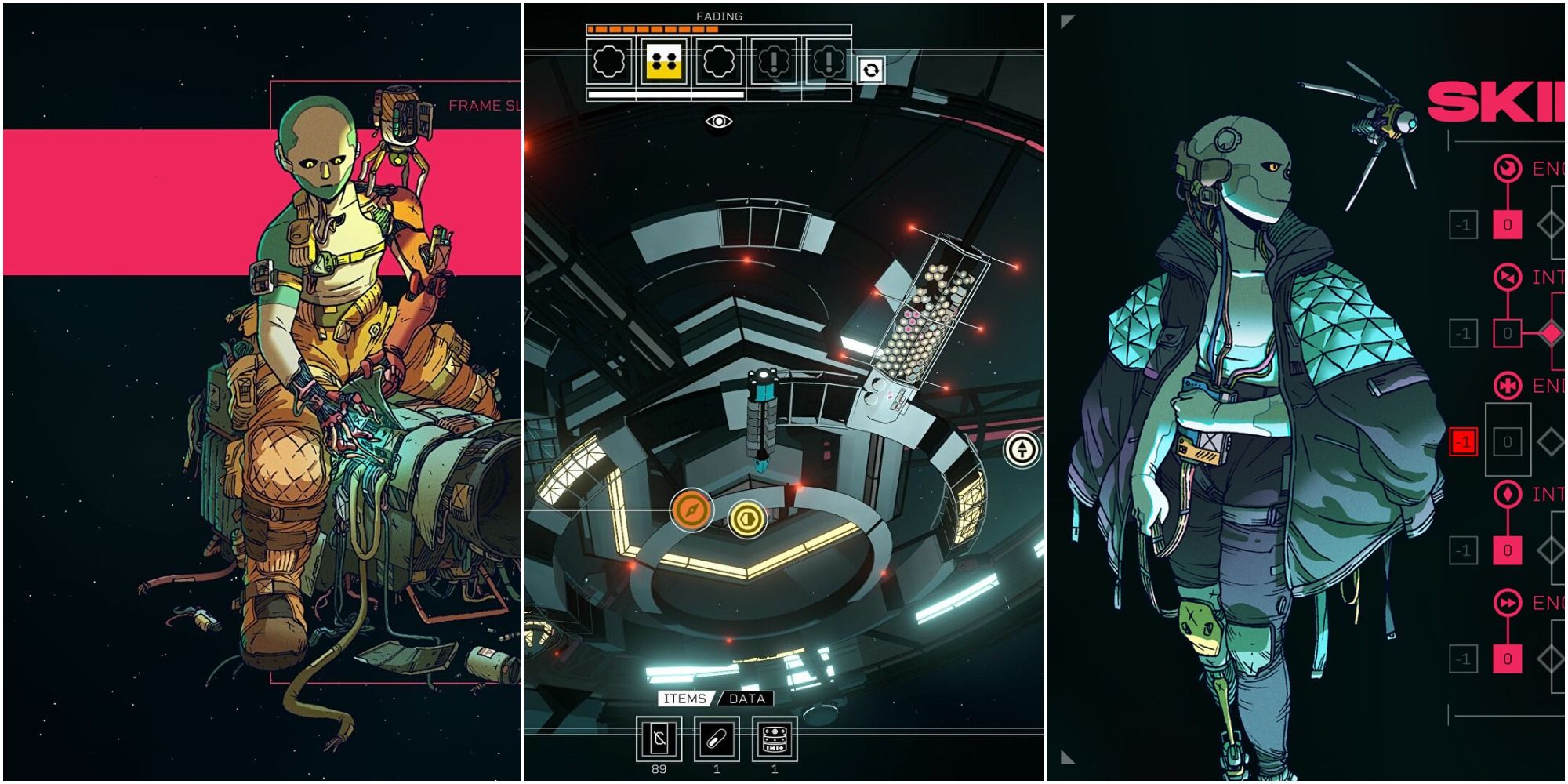
Related
6 Changes To Make Citizen Sleeper Go From Good To Great
While Citizen Sleeper is a fantastic experience that is a joy to play, there are a few things we’d love to see improved.
While returning players are going to feel far more comfortable, there are new aspects, like stress, added to the game, and it is also nice to get a little refresher. This guide will be able to serve you whether you played through the first game or are a seasoned sleeper.
Decisions Are Final
I hate to start this guide off by freaking new players out, but this is an important aspect that needs to be emphasized. The game is constantly saving after you perform every action. Every choice you make, every risk you take, these are all permanent. Save scumming isn’t really an option here.
You can save, upload a save to the cloud, and then download that cloud save later in order to reset your progress backward, but that is a lot of faffing about.
While this can be a touch stifling, it should also inform your style of play. It isn’t worth playing risky unless you absolutely have to. You need to look at your timeline, and consider any actions before you take them. Your push ability is going to help you considerably to balance your gameplay out, but you still need to consider your stress level, as you don’t want to break dice.
The difficulty you choose at the beginning of the game will determine how often you can use your push ability, as the primary difference will be the severity of stress. If you want a more stable experience that makes you less vulnerable to bad RNG, you should choose the easier difficulty and invest in your push ability.
A Quick Reference To Risk Levels
There are three risk levels that you’ll encounter regularly in Citizen Sleeper 2: Safe, Risky, and Danger.
- Safe: As the name would suggest, this option is unlikely to blow up in your face. Typically, even a failure will not hurt you.
- Risky: This one is basically the standard difficulty. A failure will hurt you, while a neutral is a positive of sorts, just less positive than a success.
- Danger: This tends to be an option where everything is ramped up. Successes will be worth major points, failures will have substantially more negative, and neutral will be a bit of both, but it will also tend to hurt you.
Upgrade Your Class’s Push Ability First
In a game with a hefty amount of RNG, your push ability gives you a huge leg up. However, at the beginning of the game it is pretty lackluster. As an Operator, you may find yourself rerolling your worst dice just to have them stay the same number (while also increasing your stress). That’s a real bummer. Thankfully, the upgrades for your push ability are comparatively cheap, and you can very quickly make it more reliable. You will be able to upgrade it three times quite quickly (if you are completing Drives, that is).
After those upgrades, you will find that you can make the push ability less of a gamble and more of a consistent, reliable maneuver. Which isn’t to say that you will want to use it all the time, managing your stress level is still important, but with a few upgrades you will be able to make it something worth using at least once per mission.
Use Your Rolls Thoughtfully
Broadly speaking, bigger is always better when it comes to a die roll. However, sometimes a one and a two will both yield identical results. Additionally, a two can become a three if you are built for a specific event type. The opposite is also true, and higher rolls will lower if you are particularly poorly suited for a task. So, before you start committing your dice, you’ll want to look at all the options available, and get a lay of the land, so to speak.
This may go without saying, but you can improve your core attributes with skill points. However, it’ll cost four skill points a pop just to increase their potency one level.
Additionally, you should be mindful of how many points you need to accomplish a task. If you are one point away from your goal, then a “neutral roll” will likely be enough. There’s no need to waste one of your sixes here. A five will almost certainly get the job done. There is a time component at play, so you’ll want to be efficient when possible. Utilizing your dice thoughtfully will potentially buy you a little space.
Missions Aren’t Always The Best Means For Earning Cryo
The first mission you’ll acquire in Citizen Sleeper 2: Starward Vector will provide you a honking 200 Cryo. Except… consider what it will cost to complete it. It costs 15 Cryo to purchase a day’s worth of supplies. You’ll likely need three days’ worth of supplies to complete the task. You’ll also need 10 Cryo in gas. Finally, it’ll cost you 10 Cryo to purchase the contract. So, it will cost you about 65 Cryo to get the mission started. Then, when you complete it, if you took Nia with you, you’ll be required to give her a quarter of the earnings – so another 50 Cryo gone. Meaning that you made 85 Cryo in three days. Meanwhile, at the station, you can easily earn around 40 to 60 Cryo a day doing odd jobs.
All of this isn’t to say that you shouldn’t take contracts. For starters, you can’t recruit Nia if you don’t take that first contract. Additionally, some of them offer optional elements, like stripping scrap metal from a wreck, to help you increase your earnings (though these always come with added risk). Additionally, some missions pay out brilliantly. If you are looking to scrap together some Cryo, just know your options. Every station will have a task you can perform to earn money for your particular build. Before hopping between contracts, take the overhead cost into consideration as well.
Complete Drives To Earn Skill Points
In the section above, I mentioned that completing a contract may not be the best way to earn some quick cash. That is true. However, if those contracts are part of a Drive, which they often are, then the value increases dramatically. The more skill points you acquire, the more capable of handling contracts you’ll be, as you’ll be able to greatly enhance your push abilities as well as your general core skill competencies.
Your Drives will always be listed in the top-right corner of the screen. As you encounter more NPCs, your list of Drives will grow. If you are ever looking for something to do, this is the place to look.
Stress Management
Another factor at play is your stress. How to utilize your stress best will be determined by the difficulty you are playing on. The lower difficulties have a little more leeway. However, across all game difficulties one thing is certain – you never want to play dangerously when you are at risk of damaging your dice. Once your stress meter is about to rise to that point, you’ll want to show restraint when using your dice.
Note that it is sometimes better not to use certain rolls at all. Time is always a consideration, so there will be moments where you may need to play riskier in order to not fail an objective, but losing dice can be devastating, so you’ll want to avoid that at all costs (especially mid-contract). That being said, you should know that you’ll recover five stress on your return to the station. So, you can often take on more stress near the end of a mission.
As for missions, you’ll want to make sure you are well rested before kicking off on one. While your hunger does not carry over to a mission, your stress does. So, be extremely mindful of starting missions when you are compromised by stress.
If you are stressed about, well, stress, keep in mind that the Machinist has the best push ability in the game for dealing with stress.
Energy Management Tips
One of the best little tricks you can utilize is allowing your hunger to pile up just before an expedition. If you take a job, shipping out will recover all your stress. Similarly, when you return to a spaceport after a mission, you will refill your lost energy from the mission itself. You will want to use your energy as a resource. There is no need to refill your energy by eating all the time: that will be costly.
Also, look at your other options around the current spaceport. You will be able to locate less costly sources of food that will restore a smaller amount of energy. You are looking to keep your hunger at bay until you ship out. If you are leaving for missions with your energy bar full, then you are wasting resources.
The prices of different food items tend to be roughly equivalent. So, the meal that restores two bars of energy is typically half the cost of the meal that will restore four.
Failure Is A Core Component Of The Game
When looking at Citizen Sleeper 2 from the perspective of it being a game, failures hurt. However, while Citizen Sleeper 2 is a game, it is also a narrative adventure. You are expected to fail once in a while. Some missions should go south.
All the above points still stand, as you most certainly don’t want to die (if you are playing on the hardest difficulty, that will end the game), so you should still be giving yourself every chance to succeed. But when you hit a bump in the road, and you inevitably will, take it in stride. Failure is a part of the experience.
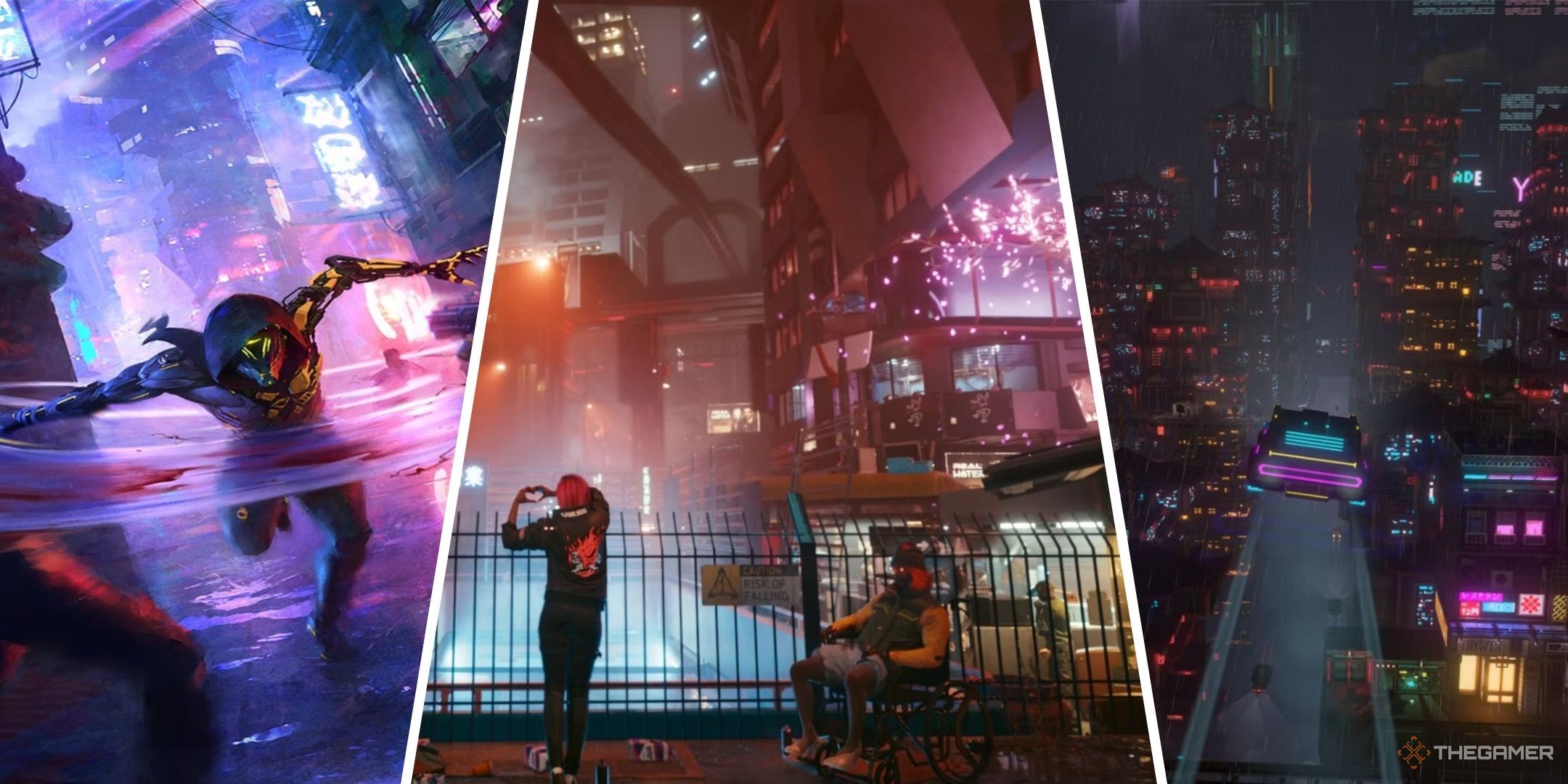
Next
Get your neuralware tech equipped because your next cyberpunk adventure awaits!
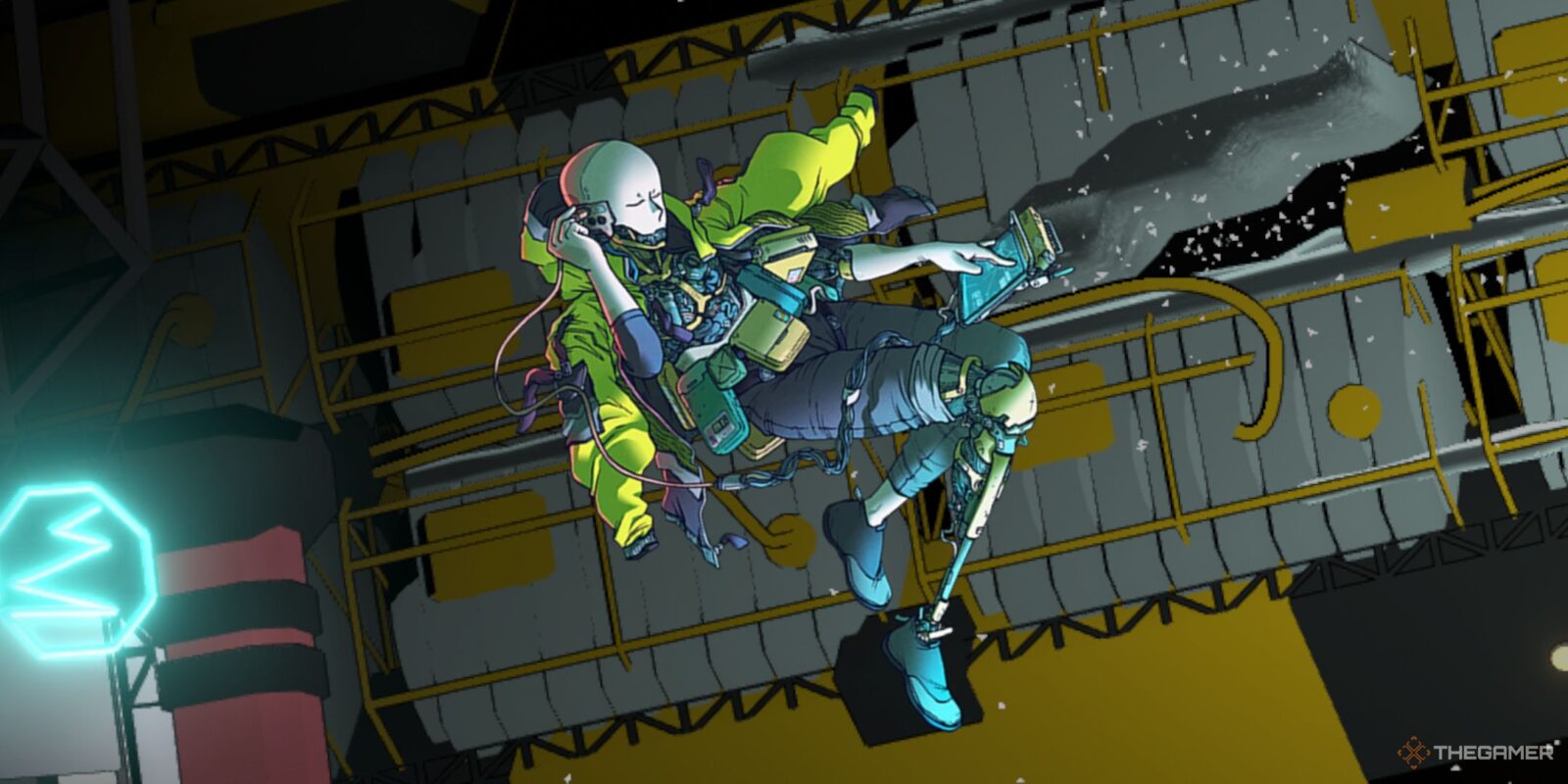

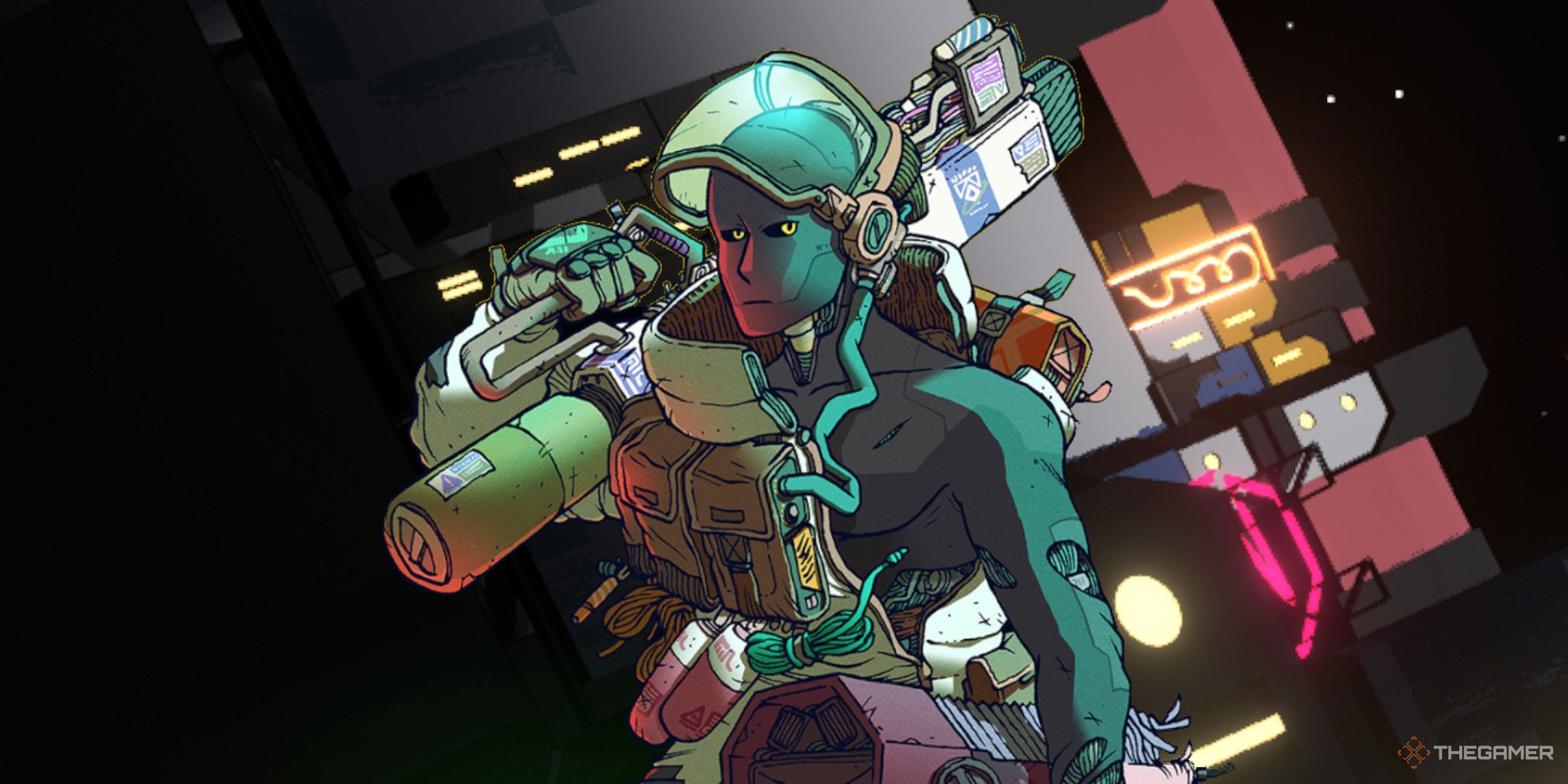
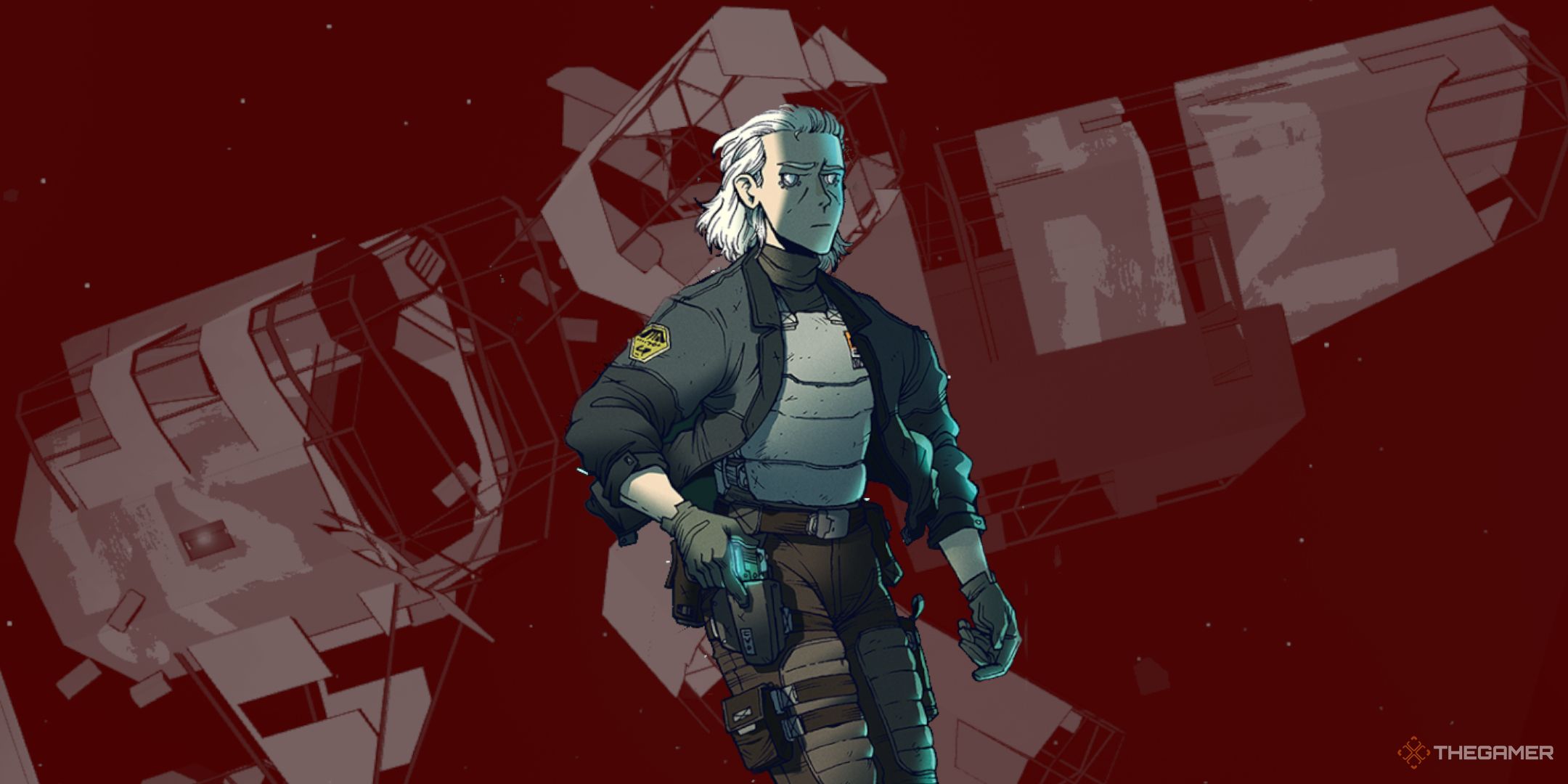
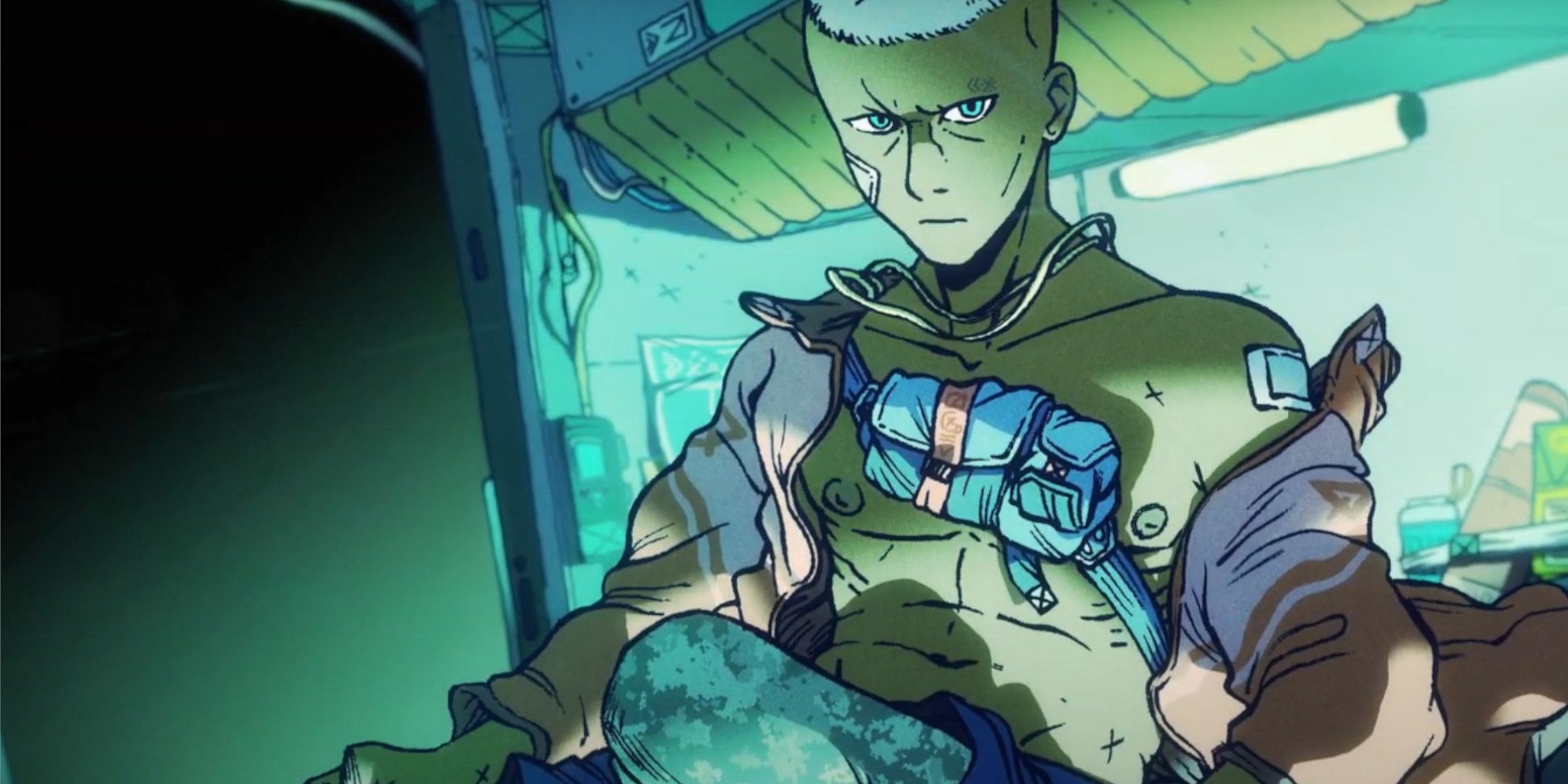
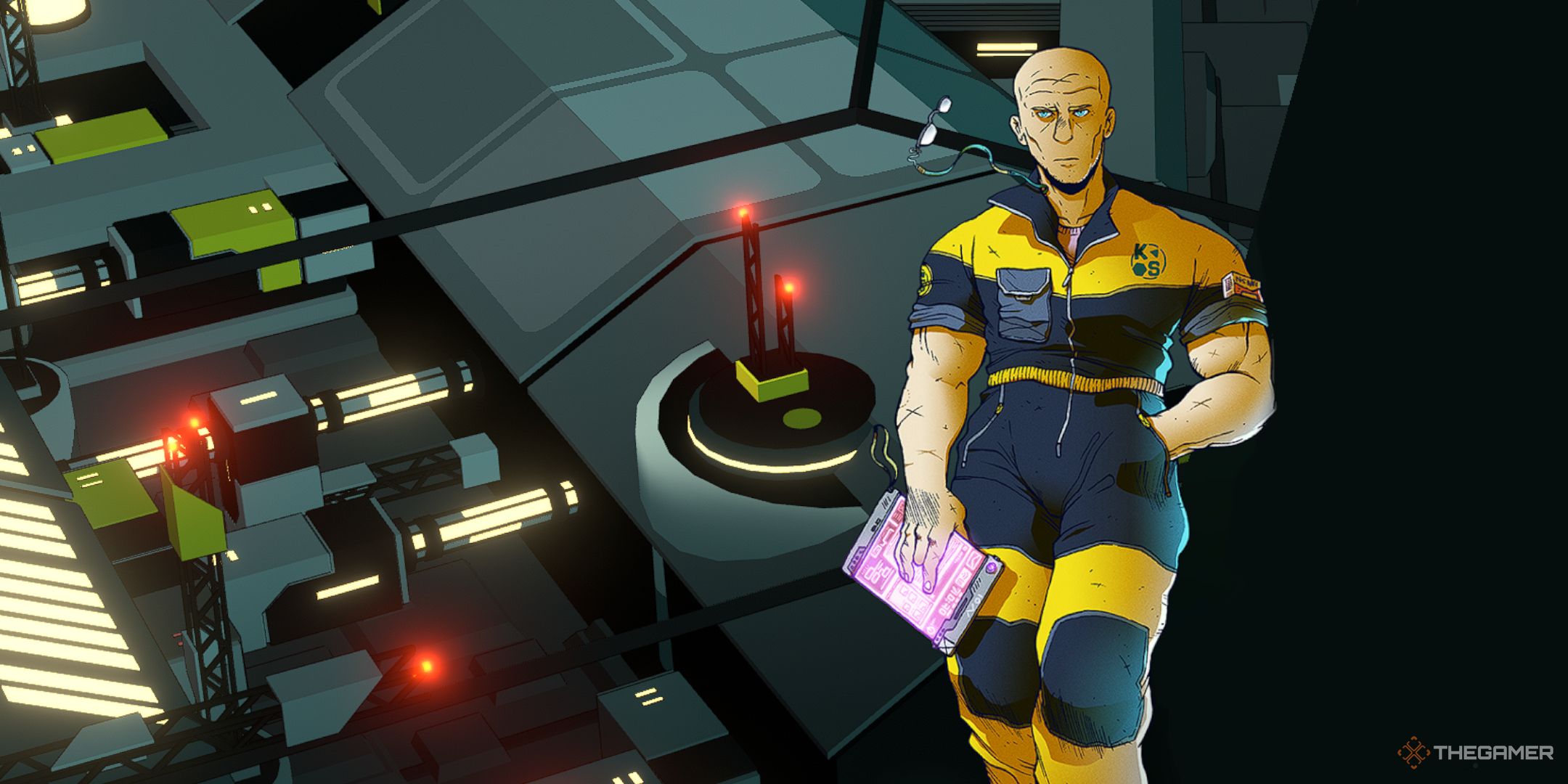
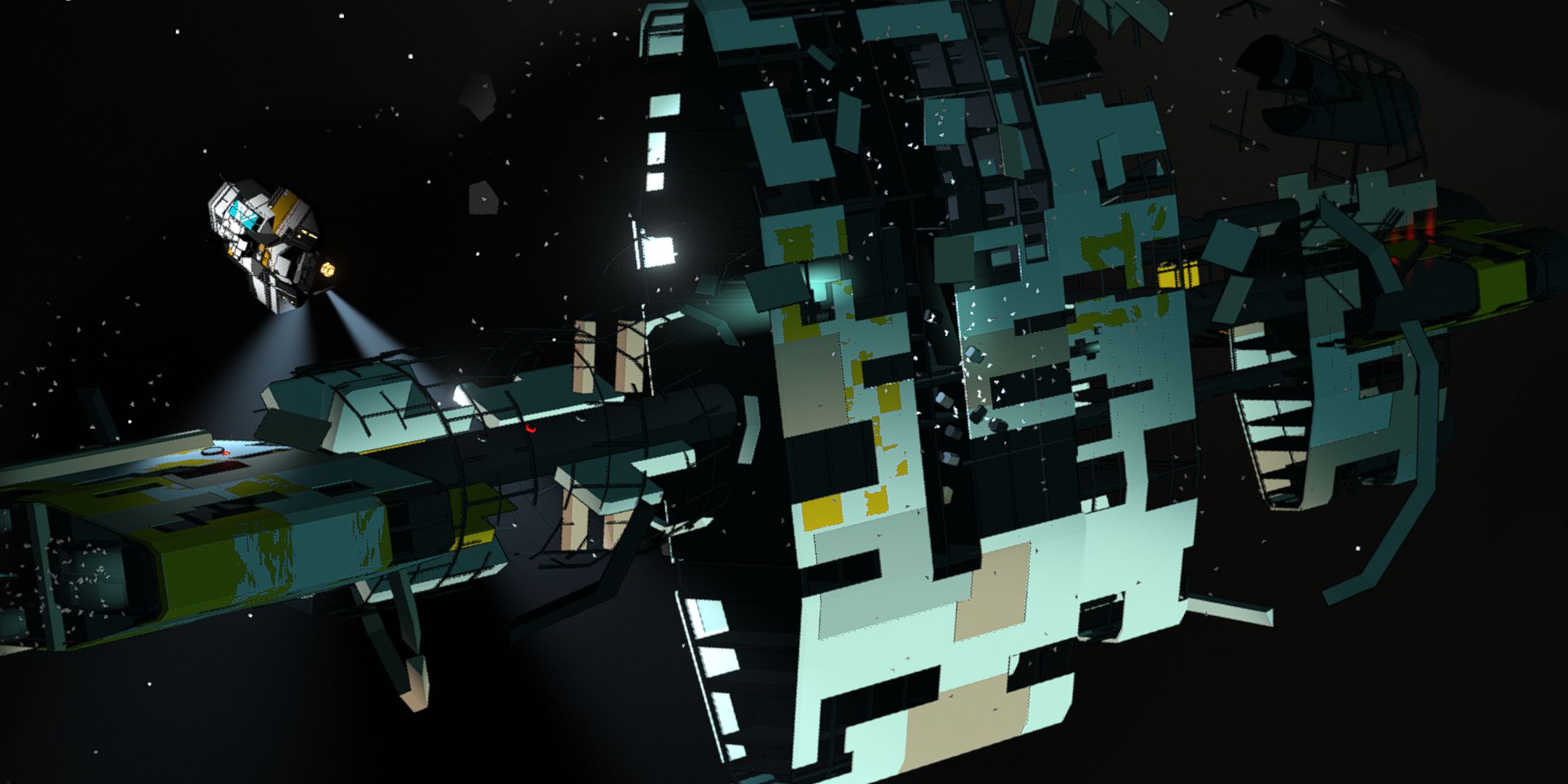
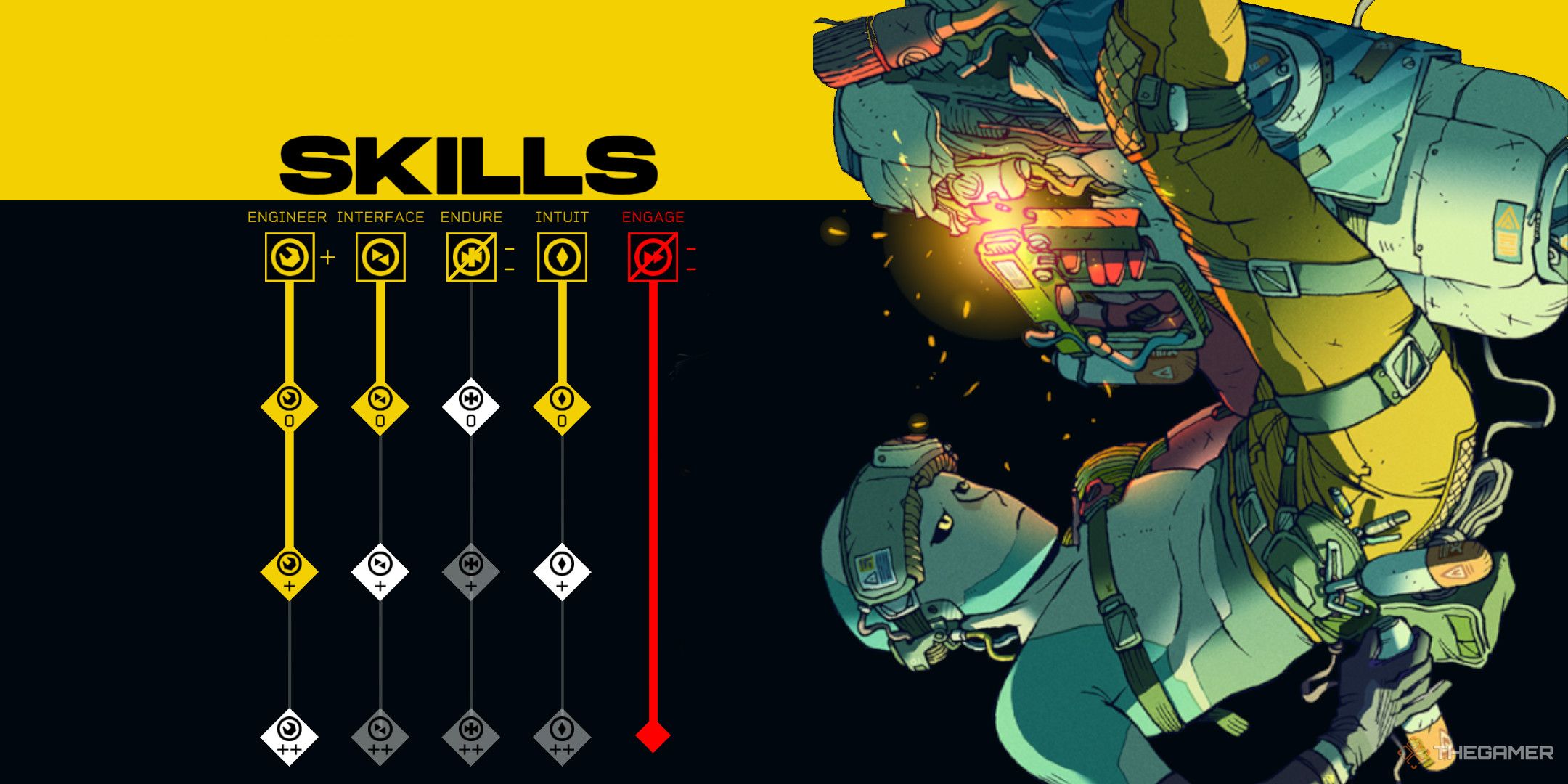
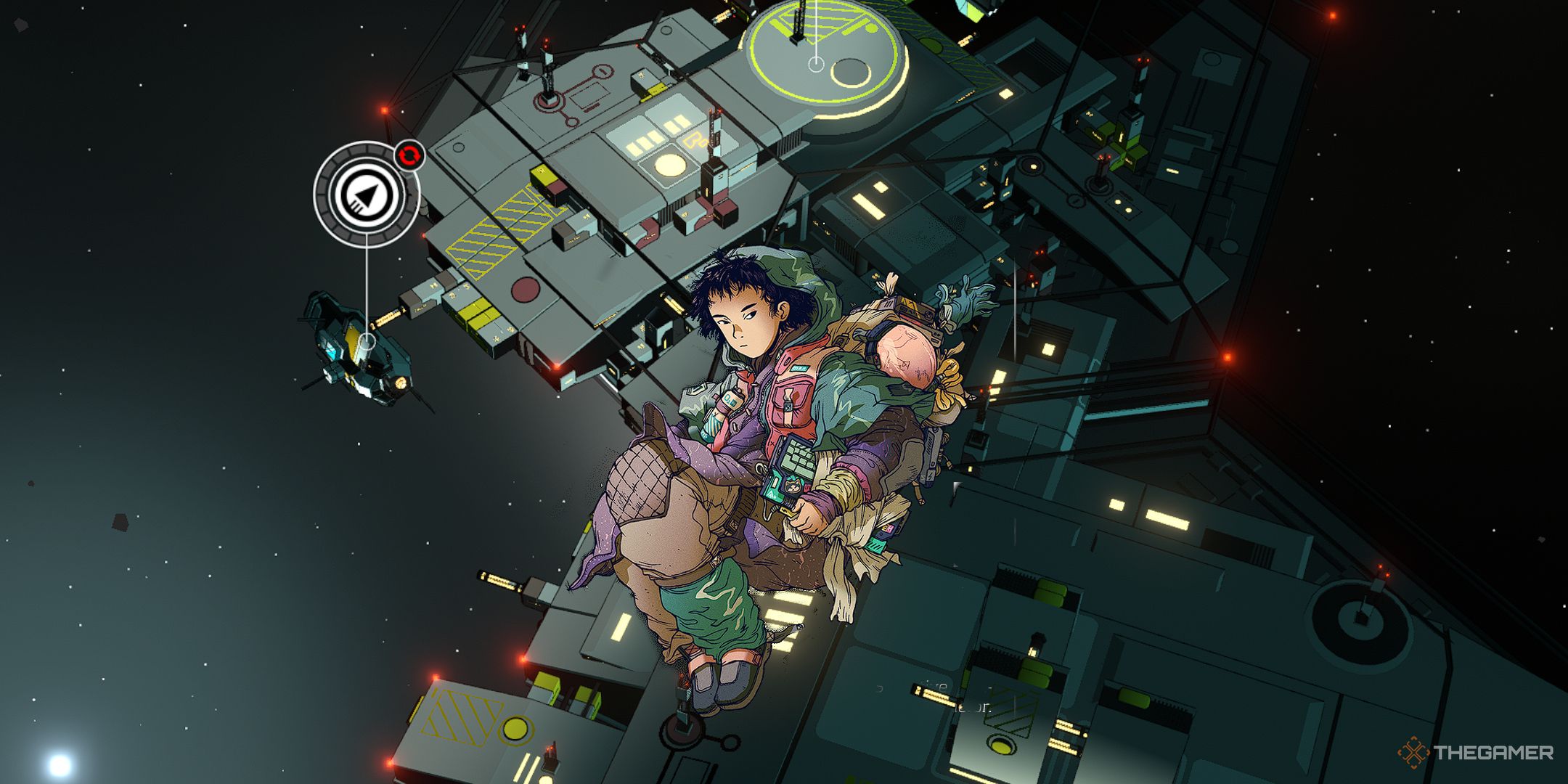
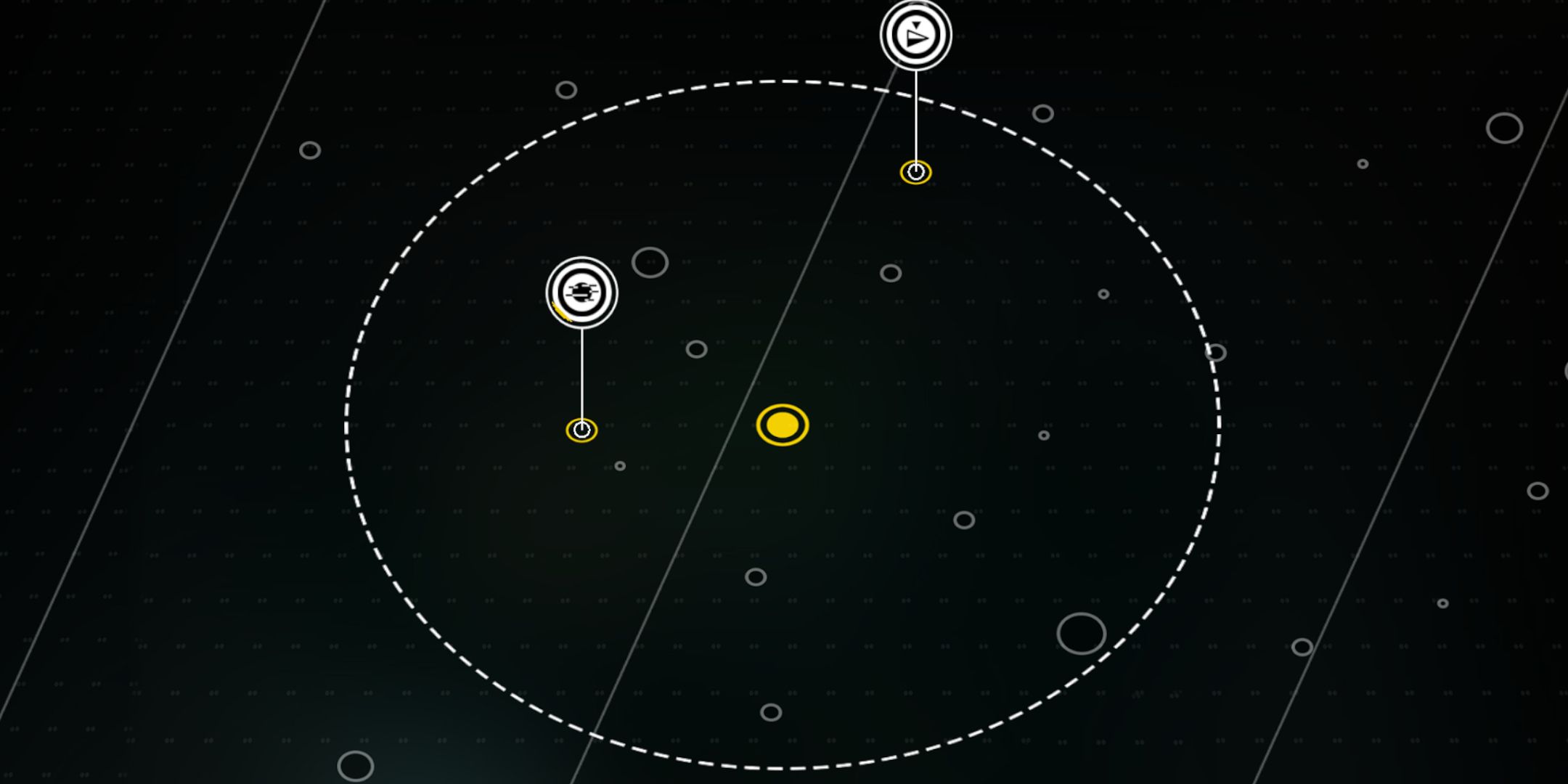
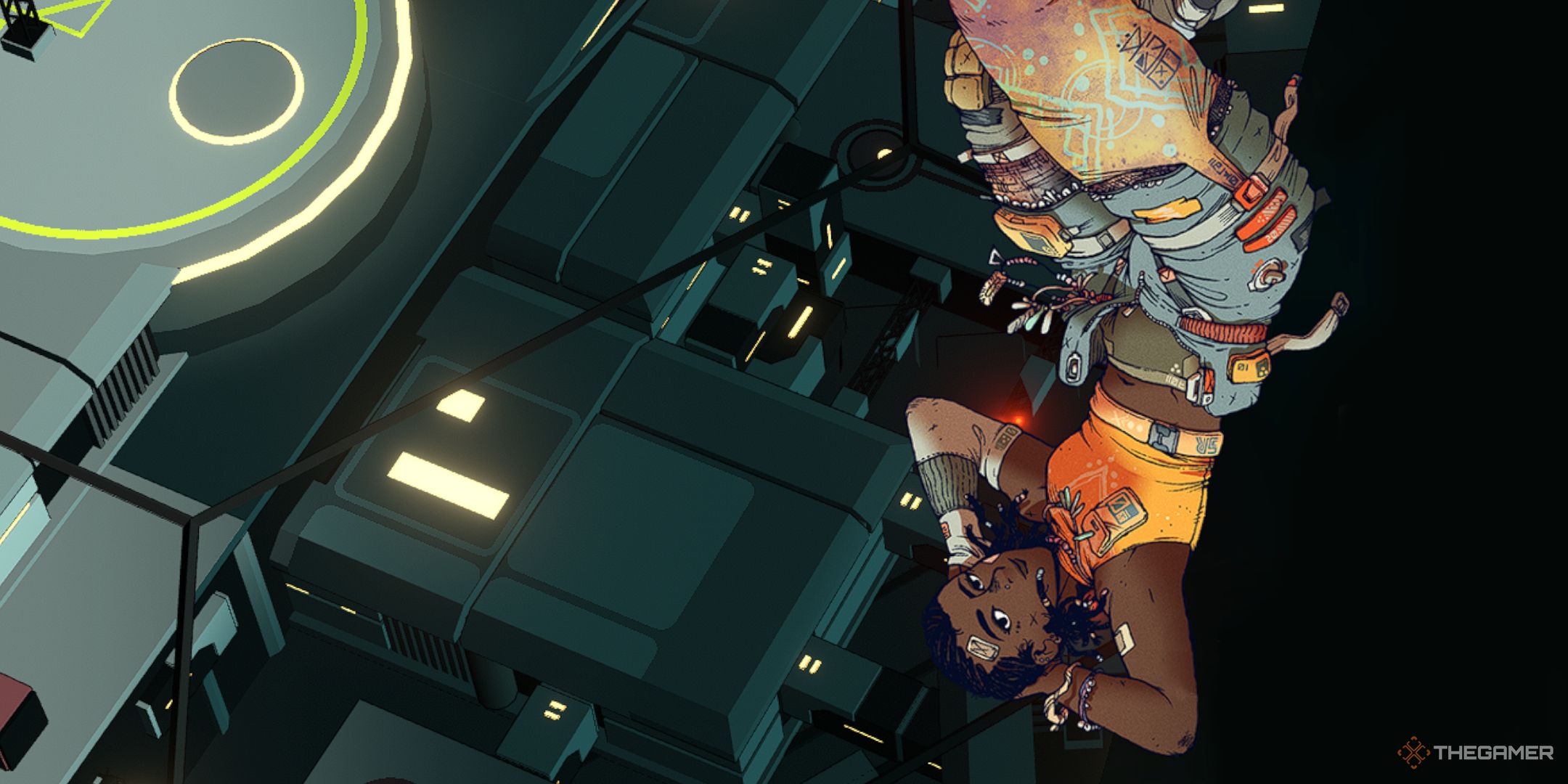










Leave a Reply